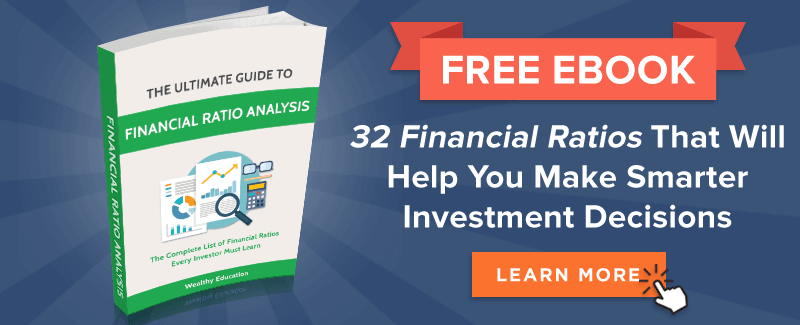This is a detailed guide on how to calculate Repairs and Maintenance Expense to Fixed Assets Ratio with in-depth analysis, interpretation, and example. You will learn how to utilize this ratio formula to evaluate a company's operating performance.
Definition - What is Repairs and Maintenance Expense to Fixed Assets Ratio?
The repairs and maintenance expense to fixed assets ratio is an important measure in business that helps you understand about how old your equipment and assets are.
It compares the total value of your assets to the total amount your spending to keep them in working order.
So as the costs of repairs and maintenance go up, the ratio gets higher. This means your equipment is becoming more and more expensive to maintain.
When the ratio gets too high, your equipment may not be valuable enough to be worth the costs.
More...
Formula
In order to calculate the maintenance expense to fixed-assets ratio of a company, you can use the following formula:

Maintenance Expense to Fixed-Assets = (Repairs + Maintenance) / Total Fixed Assets
As you can see that the formula is very simple.
You just need to take the amount spent on maintenance and repairs in, and then divide it by the total value of fixed assets in that same time frame.
Maintenance and repairs refer to any money spent to keep your equipment and other fixed-assets in a working condition.
The value of your fixed-assets refers to the value of the item itself - such as the cost of the computers in your office or the machines in your factory.
This number is the value before the amount of accumulated depreciation.
Example
Okay now let’s have a look at an example so you can see how this ratio works.
Company XYZ has fixed assets worth $6,250,000 before depreciation.
The company spent $550,000 in repairs and maintenance in the last fiscal year. Using the formula above, we get this equation:

The ratio result of 8.80% suggests that for every dollar the company has in fixed assets, it has to pay about 8 cents to repair and maintain those assets every year.
Interpretation & Analysis
So what you can do with this ratio is figure out whether or not it’s time to replace your equipment.
Buying new equipment is a major expense so, as a business, you don’t want to do it before you need to.
Tracking the maintenance and repair to fixed assets ratio will let you figure out exactly at what point it makes more sense to buy new equipment than it does to keep paying the growing costs of maintaining the old equipment.
So what’s a good repairs and maintenance expense to fixed assets ratio?
In the example above, the ratio is a good one at face value. Ignoring all other factors, a ratio below 10% is very good.
But it’s more important to track year to year (or quarter to quarter) to watch for any significant changes either up or down.
Cautions & Further Explanation
You need to be careful when using this ratio not to jump to conclusions. High costs of maintenance don’t always reflect the age of the equipment.
For example, if your equipment is being kept in a harsh environment, it may be environmental factors leading to the need for more repairs and maintenance.
A better solution here would be to change or improve the environment where possible.
Even when the ratio does mean that the equipment needs to be replaced, you still need to take a closer to look.
When investing in new equipment, you want to look for something more efficient and cost-effective than the old equipment you’re replacing. Don’t just by a new version of the old stuff.
At the same time, a desirable low ratio may be misleading if management in your company is just avoiding making needed repairs or maintenance just to keep the ratio low.
But the long-term consequences of that neglect will lead not only to a higher ratio but an emergency situation where your equipment breaks down and halts production until you replace it.
Basically, you want to use this ratio as a signal for when it's time to do a closer inspection of your equipment, where it's kept, how it's used, and what you can do to improve it.
The solution may be to get new equipment. But it's also possible that the solution is to change the environment, use practices, and other factors related to the equipment rather than the equipment itself.


